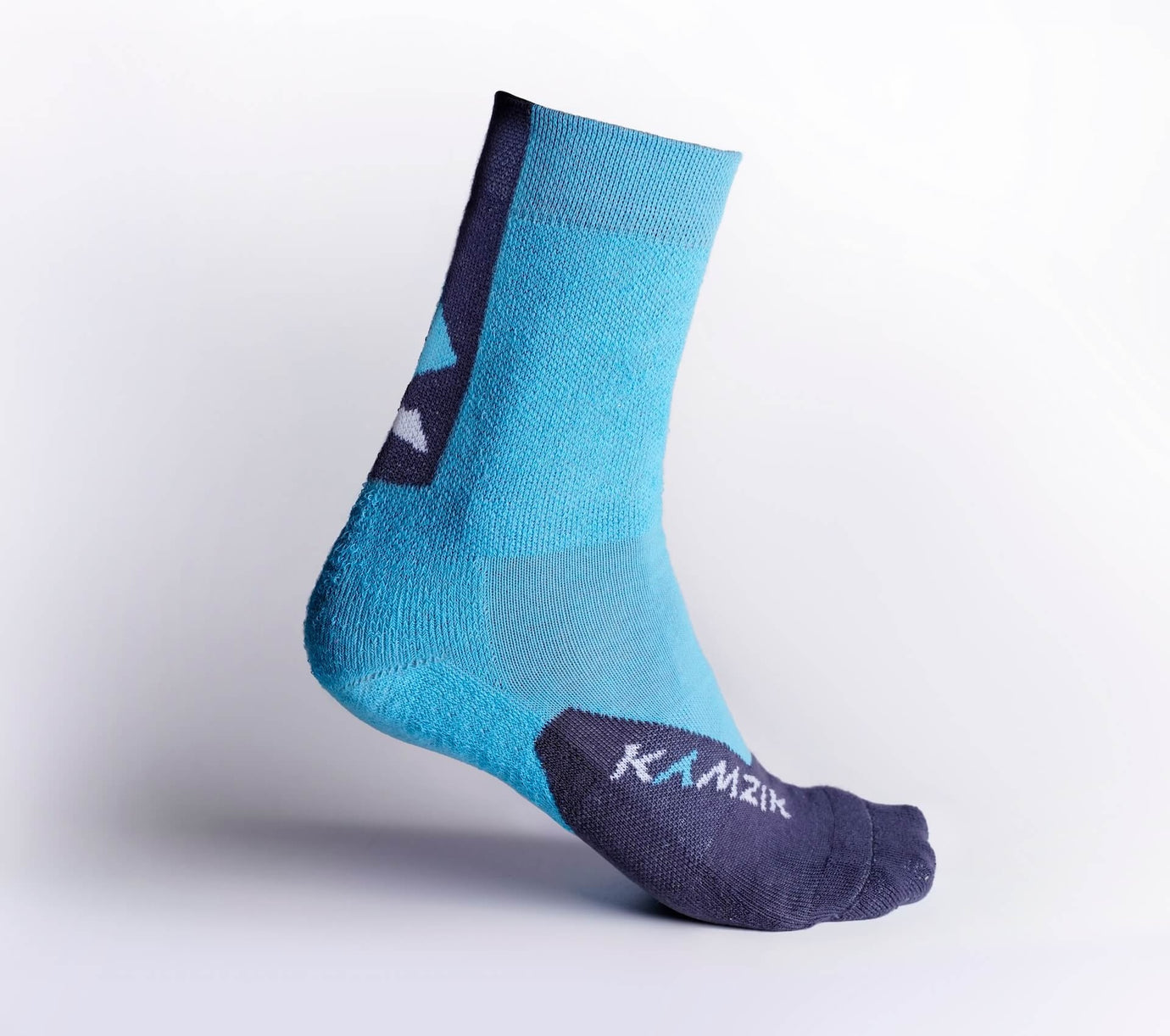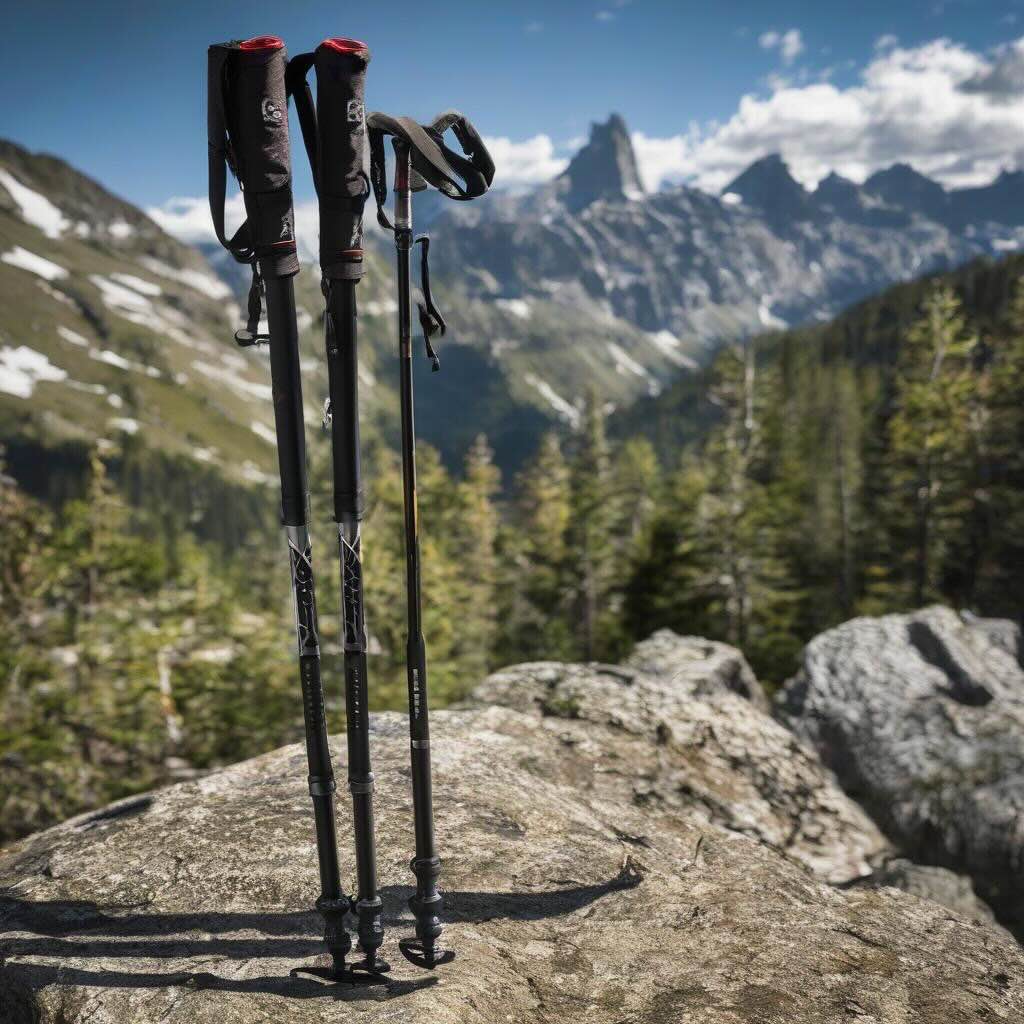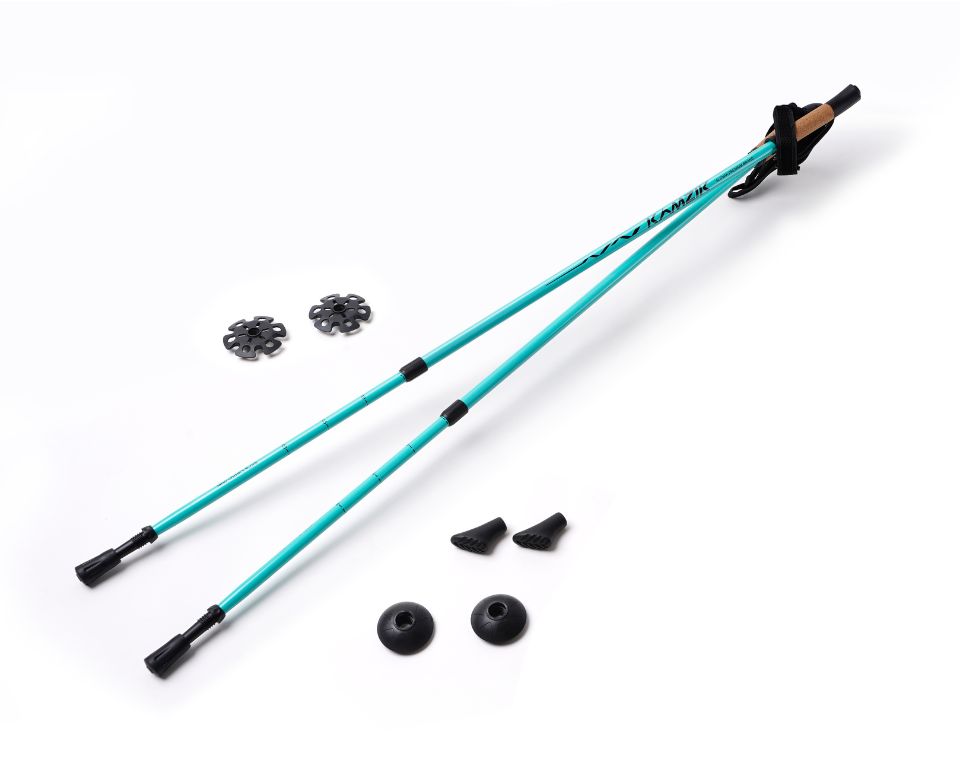Pokiaľ ide o outdoorové aktivity, mať správne vybavenie môže znamenať rozdiel. Nordic walking a trekking sú dve populárne formy cvičenia, ktoré využívajú palice na zvýšenie výkonu a zabezpečenie stability. Aj keď sa tieto aktivity môžu na prvý pohľad zdať podobné, medzi nordic walking a trekkingovými palicami je niekoľko kľúčových rozdielov, ktoré by si mal uvedomiť každý outdoorový nadšenec. V tomto blogovom príspevku preskúmame hlavné rozdiely, vrátane rukoväte, dĺžky a uhla týchto palíc.
Rukoväť
Rukoväť je nevyhnutnou súčasťou nordic walking aj trekingových palíc. Dizajn a funkčnosť rúčiek sa však výrazne líšia. Palice na nordic walking majú zvyčajne ergonomické rukoväte, ktoré sú špeciálne navrhnuté tak, aby poskytovali bezpečný a pohodlný úchop. Tieto rukoväte majú často popruh, ktorý používateľovi umožňuje udržiavať uvoľnené držanie a zároveň mať stále kontrolu nad palicou. Na druhej strane, trekingové palice majú zvyčajne rúčky s tradičnejším dizajnom, pripomínajúcim tvar lyžiarskej palice. Tieto rukoväte sú navrhnuté tak, aby poskytovali pevné uchopenie a podporu v náročných terénoch.
Dĺžka
Dĺžka palíc je ďalším zásadným faktorom, ktorý odlišuje nordic walking od trekingových palíc. Palice na nordic walking sú zvyčajne kratšie ako trekingové palice, pretože sú navrhnuté na použitie na rovných alebo mierne naklonených povrchoch. Dĺžka palíc na nordic walking je určená výškou používateľa, pričom všeobecné pravidlo hovorí, že palica by mala siahať do výšky hrudnej kosti používateľa. Na rozdiel od toho sú trekingové palice dlhšie, aby vyhovovali rôznym terénom, s ktorými sa stretnete počas turistiky alebo trekingu. Zvyčajne sú nastaviteľné, čo umožňuje užívateľom prispôsobiť si dĺžku na základe svojich preferencií a terénu, ktorým prechádzajú.
Náklon palice
Náklon palice (uhol medzi palicou a podkladom) je ďalším významným rozdielom medzi nordic walking a trekingovými palicami. Palice na nordic walking zvierajú pevný uhol, zvyčajne okolo 45 stupňov, medzi paličkou a podkladom. Tento náklon je optimalizovaný kvôli špecifickej technike používanej pri nordic walkingu, kde bývajú v určitej fáze pohybu palice za telom, aby poháňali užívateľa dopredu. Na rozdiel od toho majú trekingové palice rôzne náklony, aby sa prispôsobili rôznym terénom a preferenciám. Používatelia môžu upraviť náklon tak, aby poskytoval lepšiu stabilitu a podporu, najmä pri navigácii v strmých výstupoch alebo zjazdoch.
Záverom možno povedať, že hoci palice na nordic walking a trekking môžu vyzerať podobne, existujú výrazné rozdiely v ich dizajne a funkčnosti. Palice na nordic walking majú ergonomické rukoväte, sú kratšie a majú pevný uhol optimalizovaný pre špecifickú techniku používanú pri nordic walkingu. Trekingové palice, na druhej strane, majú tradičné rukoväte, sú dlhšie a majú nastaviteľnú dĺžku a majú variabilné uhly, aby sa prispôsobili rôznym terénom. Pochopenie týchto rozdielov pomôže outdoorovým nadšencom vybrať si tie správne palice pre ich preferovanú aktivitu a zabezpečiť príjemnejšie a efektívnejšie outdoorové zážitky.






